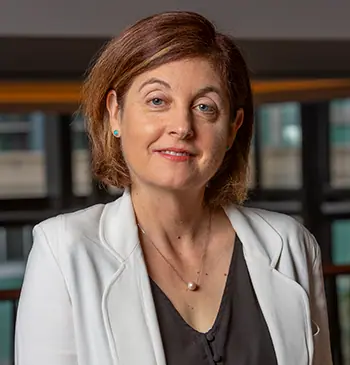
What Can the Banking Industry Learn from a Fake Pop Star?
 What does a pop star hologram drawing thousands to her concerts have to do with banking? Well, I’ll get to that in a minute.
What does a pop star hologram drawing thousands to her concerts have to do with banking? Well, I’ll get to that in a minute.
Hatsune Miku, a non-human creation of a Japanese media company, is even better than a real singer, if you believe some of her young fans. She’s “post-human being,” according to the media company who created her.
As banking guru Brett King described it at Bank Director’s inaugural The Growth Conference in New Orleans last week, Hatsune Miku is a sign that the banking industry’s assumptions about the value of face-to-face contact may not hold true for the next generation.
Do you really think a generation that will pay to see a hologram perform will go to a bank branch to get financial advice? That was a question King posed to the audience of nearly 200 bank directors, bank officers and industry executives who attended the conference at The Ritz Carlton in the French Quarter.
Part of the theme emerging from The Growth Conference was the need for the industry to transform itself in the coming years with technological and generational changes. However, bankers, especially commercial bankers, tend to be inherently conservative. Jumping into the latest thing and throwing money at unproven ideas is not behavior typical of most bankers. Branches were supposed to have disappeared at least 20 years ago, but they haven’t, because most bankers prefer human tellers to distribution channels that rely solely on technology. In my conversations with bank directors and bank officers at the conference, I was struck by the healthy skepticism toward technological change. One bank CEO asked me how often people are really going to want to remotely deposit checks through their smartphones. It’s a good question. As with all investments, management and boards are going to have to decide what the smartest and most appropriate technological investments are for their particular banks. Will it be remote deposit capture for commercial accounts? Maybe. Mobile check deposits for consumers? Maybe not. It depends on the bank.
“Predictions about the pace and magnitude of change are inherently very difficult, but the case for its inevitability was very well made,’’ said Michael Kubacki, the chairman and chief executive officer of Lake City Bank in Warsaw, Indiana, who attended the conference. “We need to think more about what might work for us and our clients in the future, and less about what worked in the past.”
Tied with that theme at the conference was the consistent message that community banks need to have a niche or multiple niches to help them compete with bigger banks. Bigger banks have a lower cost of funds, branches on every other corner, and an ability to invest in lots of technology.
 The special niches that community banks develop will also determine the technology they need, whether it is St. Louis-based Enterprise Financial Services’ private banking business and life insurance policies for family offices, or Bethesda, Maryland-based Congressional Bank’s specialization in medical offices.
The special niches that community banks develop will also determine the technology they need, whether it is St. Louis-based Enterprise Financial Services’ private banking business and life insurance policies for family offices, or Bethesda, Maryland-based Congressional Bank’s specialization in medical offices.
The slow growth economy and low interest rate environment have not been kind to bank income statements. Loan growth is minimal. Small businesses are still reluctant to borrow. Consumers are still deleveraging. Banks will need whatever they can do to improve their profitability in the years ahead.
“You must do an authentic self-assessment,” said Jay Sidhu, the chairman and chief executive officer of Customers Bancorp Inc., in Wyomissing, Pennsylvania, who was the keynote speaker at the conference. “You must think differently and take advantage of technology and your unique market position. You have something that big banks don’t have and you can take advantage of that. If you don’t, you’re going to be eaten up.”


